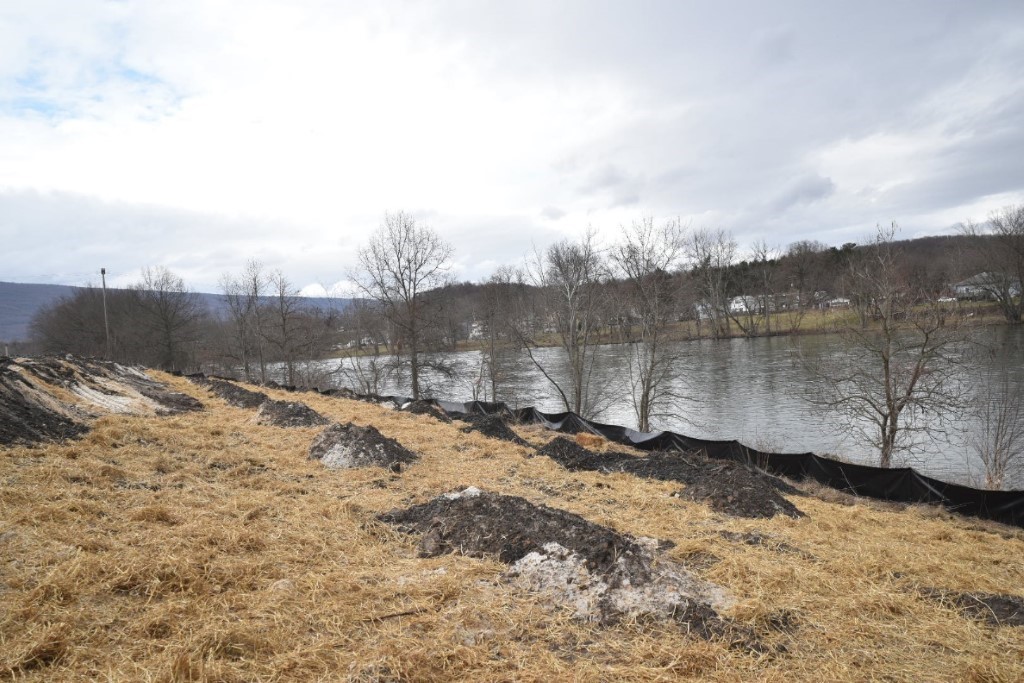PennDOT employees in District 9 are doing their part to protect the environment by helping a species of turtles. Huntingdon County is home to the largest Northern Map Turtle nesting area in Pennsylvania. Specifically, part of it runs through the area where the Route 522 bypass was built in Mount Union, just north of Hill Valley Creek, back in 1999.
These riverine (river-dwelling) turtles are a species of conservation concern in Pennsylvania, and they are classified as endangered in Maryland. In central PA, they only occur in the Susquehanna and Juniata Rivers. At least 50–100 of these turtles were killed on the new road, which prompted environmental health and safety director for Juniata College, Roy Nagle, to reach out to staff at the Huntingdon county office for assistance. Former PennDOT employee, Dain Davis, along with Al Huey, Mike Peachey and others have been involved at various stages, with the effort to create new breeding habitats.
"We have been working with various students from Juniata for 20 years now," said Tom Yocum, environmental planning manager from District 9. "We strive to lessen the environmental impact of highways as much as possible and have definitely seen the benefits of this effort."
The crew from the stock pile, built fencing along the highway and around the area where the turtles breed. This keeps them off the highway – not only for their own safety, but also for the safety of motorists. It also protects them from predators, like raccoons, that can sniff out a nest and destroy it within 24-hours of the eggs being laid.
 Artificial nesting grounds for the Northern Map Turtles.
Artificial nesting grounds for the Northern Map Turtles.Along with the students, the PennDOT team built artificial nesting mounds where reproducing females can safely lay eggs. The group marks each female, as well as all their offspring, so that they may be tracked over time. Professor Nagle oversees this process and has been quite pleased with the success of the results.
"Since the project started, we've measured and marked more than 600 females and made 1,800 recaptures. From there, we've released about 750 new turtles into the Juniata," said Nagle. "In fact, one of the hatchlings born and marked in 2000 just came back as a 19-year-old female and produced a clutch of baby turtles of her own. It's been amazing to witness."
This spring, our county office crew hauled in new sand and gravel to create new nesting mounds for the breeding season, which begins in June. Together with the Juniata College researchers, they will observe a new generation of map turtles at the site.
Photo credit: Theadora Nagle